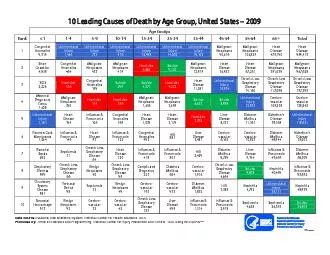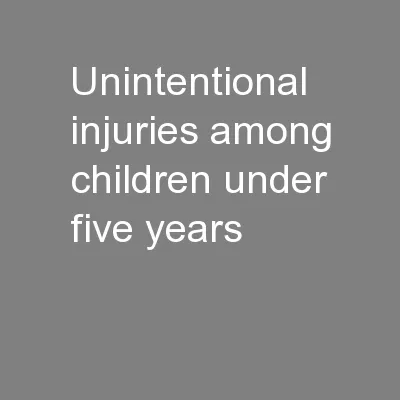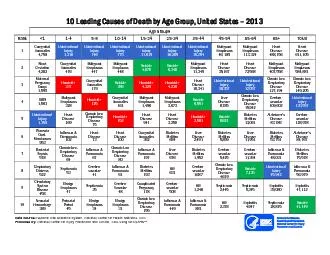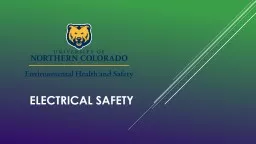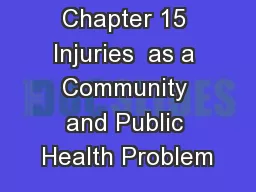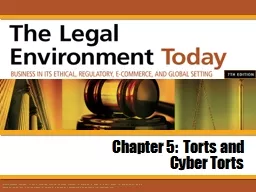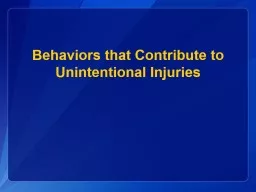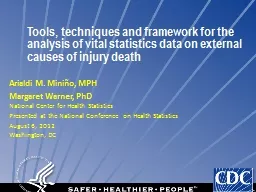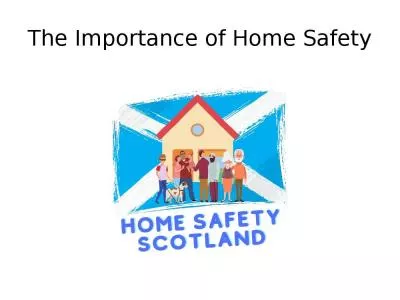PPT-Unintentional Injuries: Residential Fire
Author : alida-meadow | Published Date : 2019-06-22
Residential fires become life threatening just two minutes after they begin instead take two minutes to learn how you can prevent this from happening in your home
Presentation Embed Code
Download Presentation
Download Presentation The PPT/PDF document "Unintentional Injuries: Residential Fire" is the property of its rightful owner. Permission is granted to download and print the materials on this website for personal, non-commercial use only, and to display it on your personal computer provided you do not modify the materials and that you retain all copyright notices contained in the materials. By downloading content from our website, you accept the terms of this agreement.
Unintentional Injuries: Residential Fire: Transcript
Download Rules Of Document
"Unintentional Injuries: Residential Fire"The content belongs to its owner. You may download and print it for personal use, without modification, and keep all copyright notices. By downloading, you agree to these terms.
Related Documents


